Unveiling the Marvels of Tensile Structures: Innovation, Beauty, and Functionality
In the world of modern architecture, Tensile Structures stand out as shining examples of innovation, beauty, and functionality. These architectural marvels, characterized by their stretched fabric membranes and minimalistic support structures, have revolutionized the way we think about building design. Let's delve into the world of tensile structures and explore what makes them so unique and captivating.
What are Tensile Structures?
Tensile structures are architectural wonders that utilize tensioned fabric membranes supported by a framework to create expansive, lightweight, and visually stunning structures. Unlike traditional buildings, which rely on rigid materials like concrete and steel for support, tensile structures achieve their strength through the tension applied to the fabric, allowing for vast, open spaces and striking designs.
The Beauty of Tensile Structures
One of the most captivating aspects of tensile structures is their aesthetic appeal. With their flowing forms, sweeping curves, and translucent membranes, these structures create an atmosphere of elegance and grace. Whether it's a soaring canopy, a sweeping roof, or a dramatic facade, tensile structures add a touch of architectural splendor to any environment.
Functionality and Versatility
Beyond their beauty, tensile structures offer a host of practical benefits. They provide shelter from the elements while allowing natural light to filter through, creating bright and inviting spaces. Their lightweight construction reduces the need for heavy support structures, making them ideal for spanning large areas with minimal materials. From stadiums and airports to commercial complexes and public spaces, tensile structures offer endless possibilities for architectural expression and functional solutions.
The Sustainability Factor
In addition to their aesthetic and functional advantages, tensile structures are also champions of sustainability. By utilizing lightweight materials and efficient construction techniques, they minimize environmental impact and reduce the carbon footprint of buildings. Their translucent membranes allow for natural daylighting, reducing the need for artificial lighting and lowering energy consumption. Tensile structures are not just symbols of modern design—they're symbols of a sustainable future.
Conclusion
In conclusion, tensile structures represent the pinnacle of modern architecture, combining innovation, beauty, and functionality in equal measure. From their striking designs to their practical benefits and environmental sustainability, tensile structures have earned their place as icons of the built environment. As we continue to push the boundaries of design and construction, we can look to tensile structures as shining examples of what is possible when creativity and engineering come together.




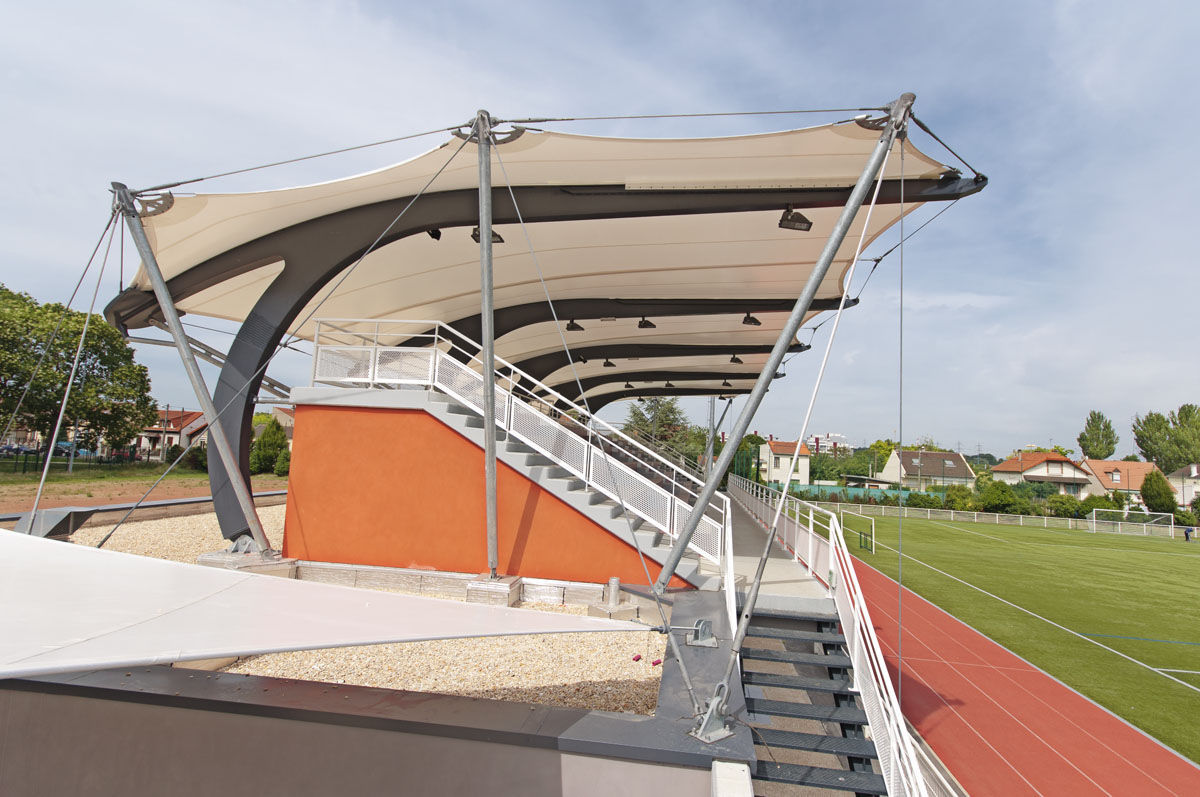
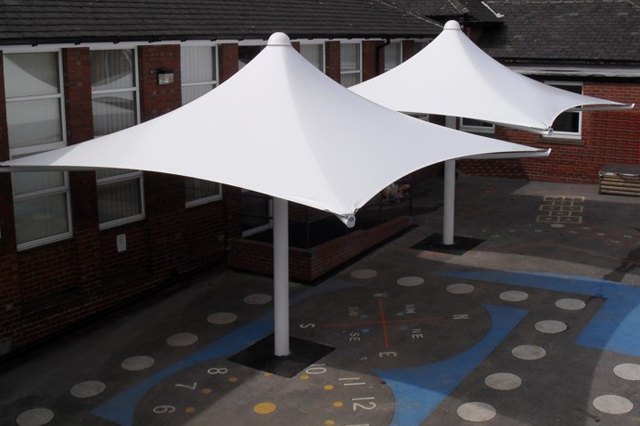
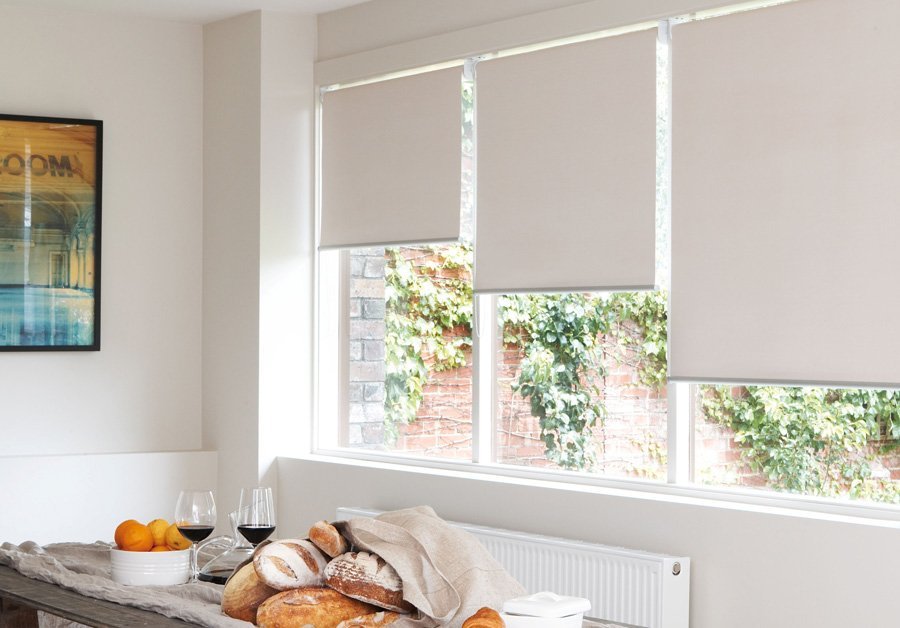
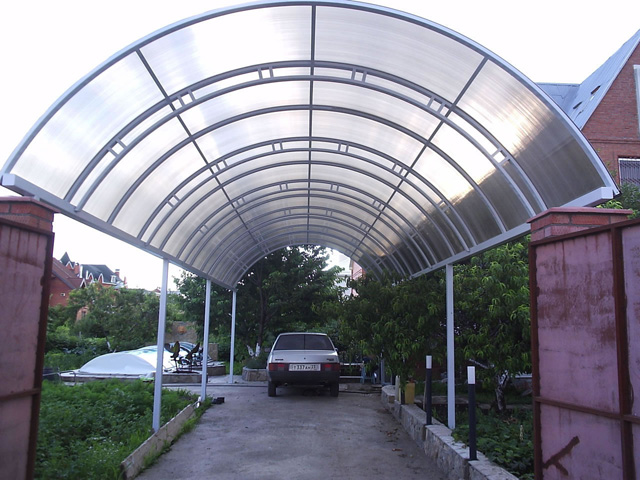
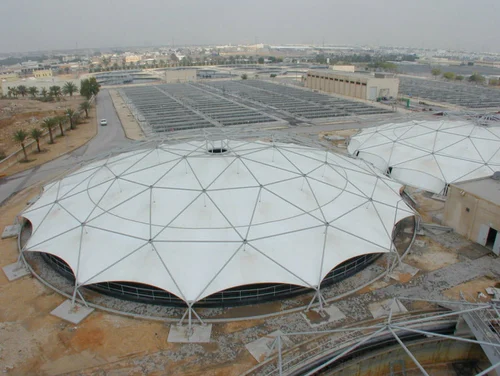
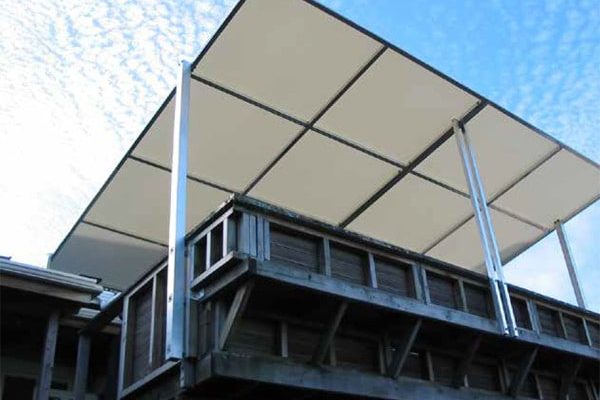
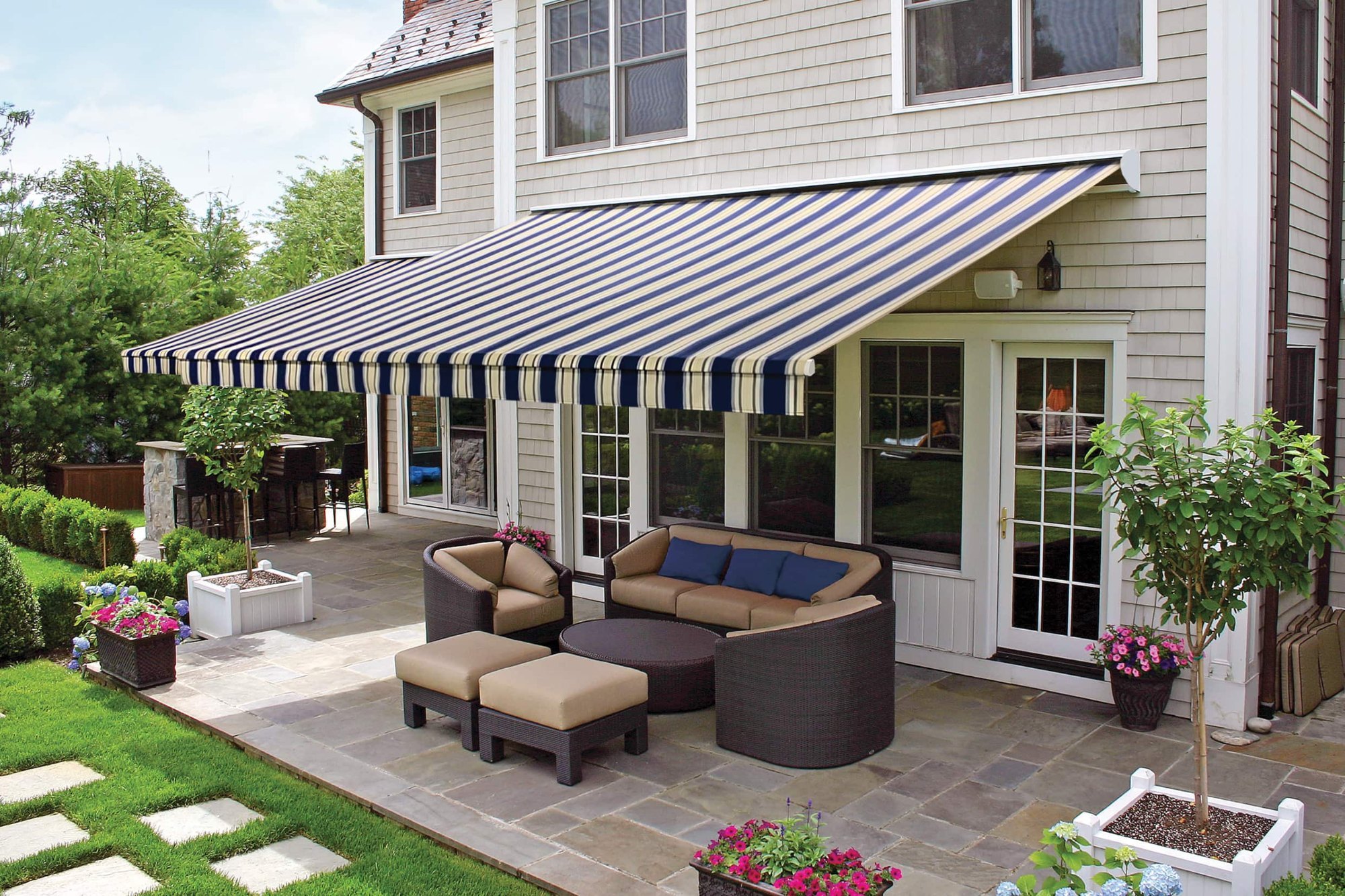
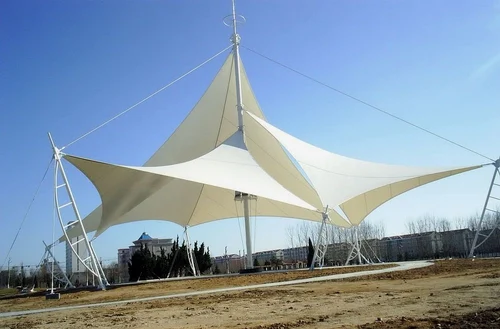
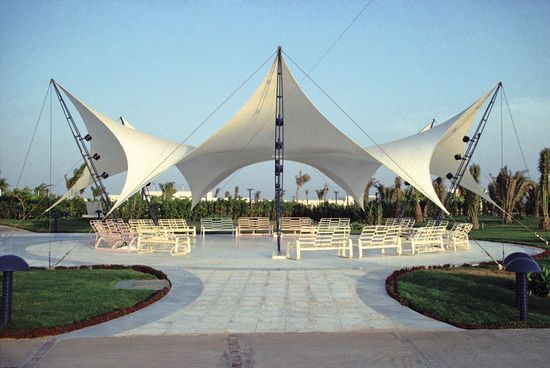
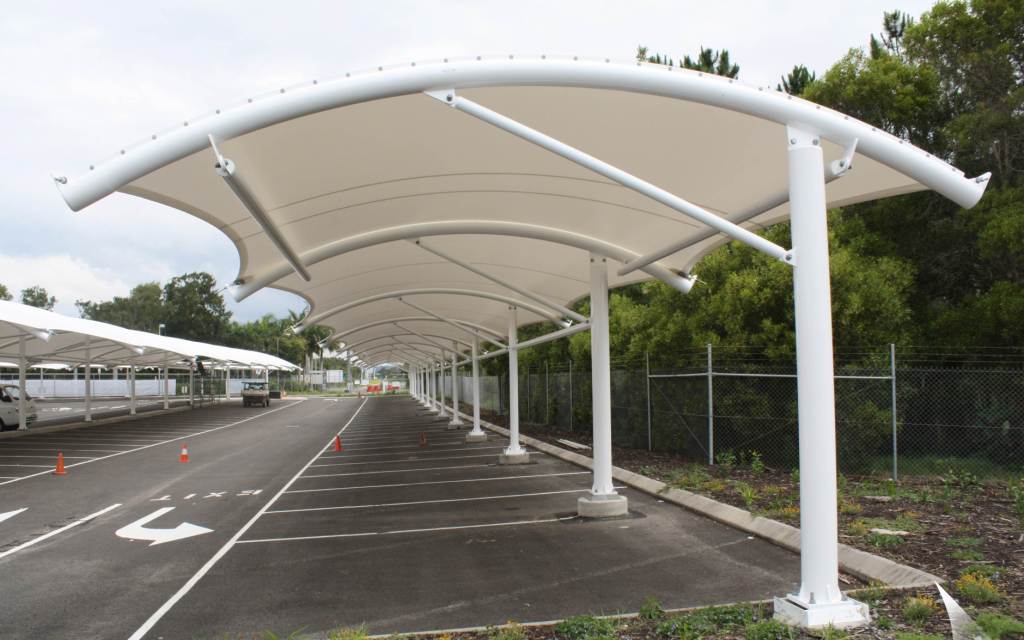
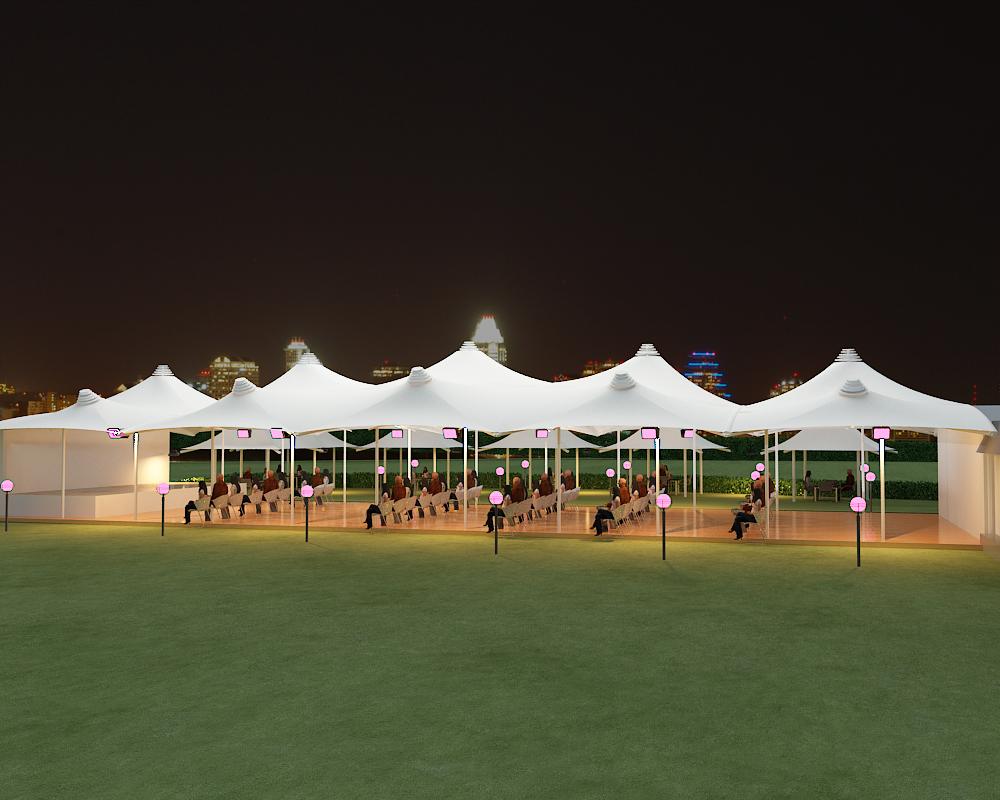
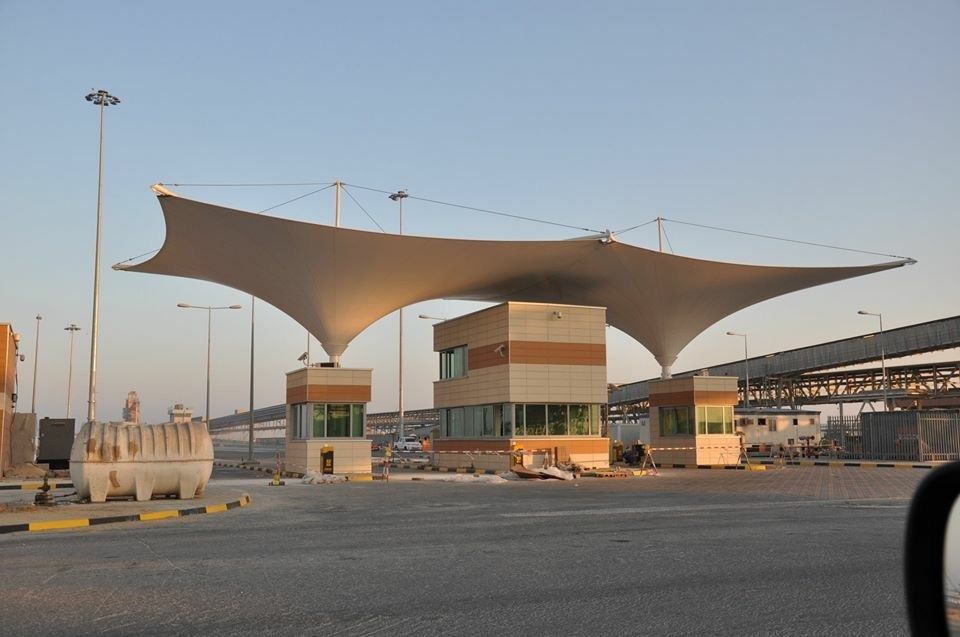
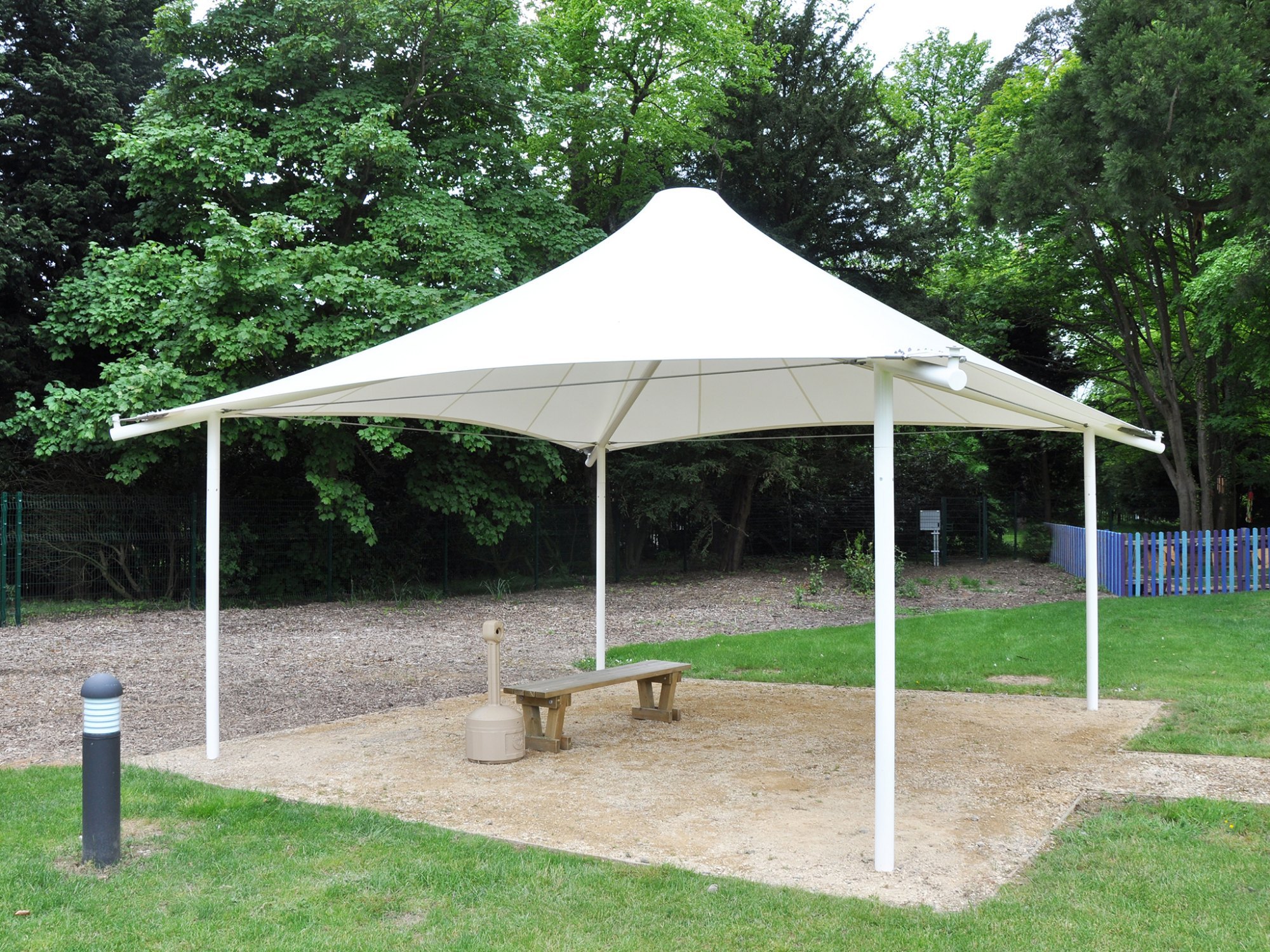
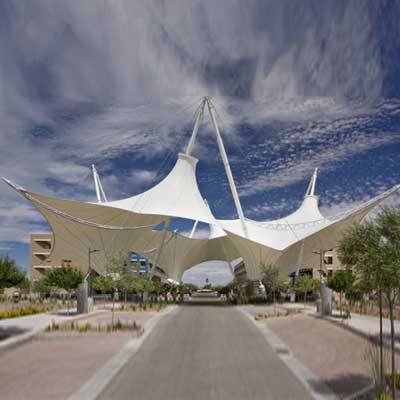

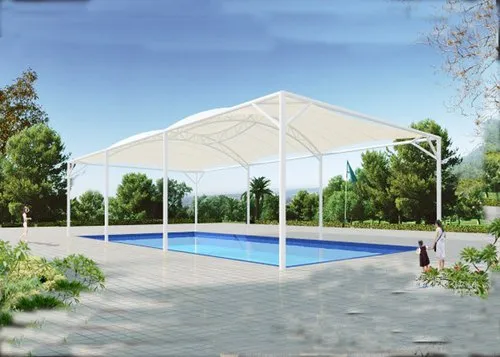
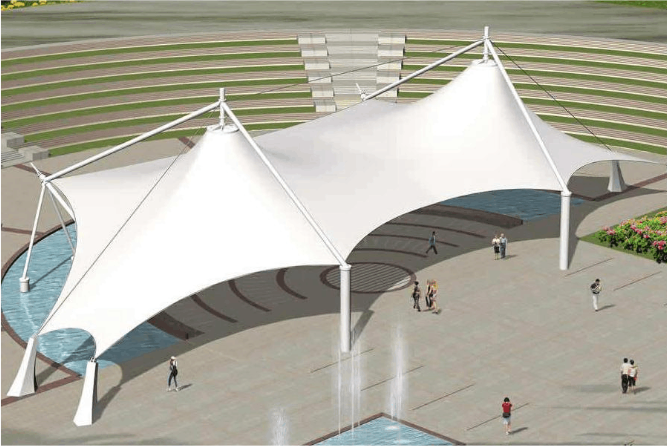
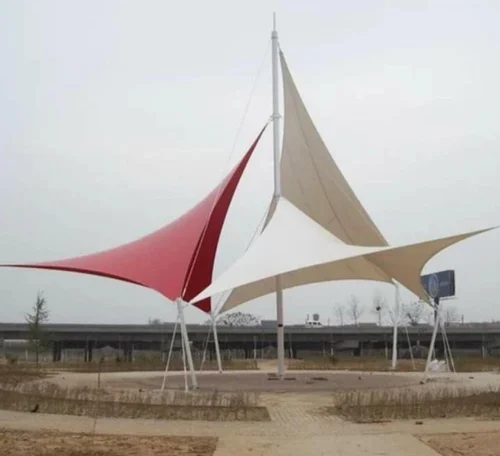
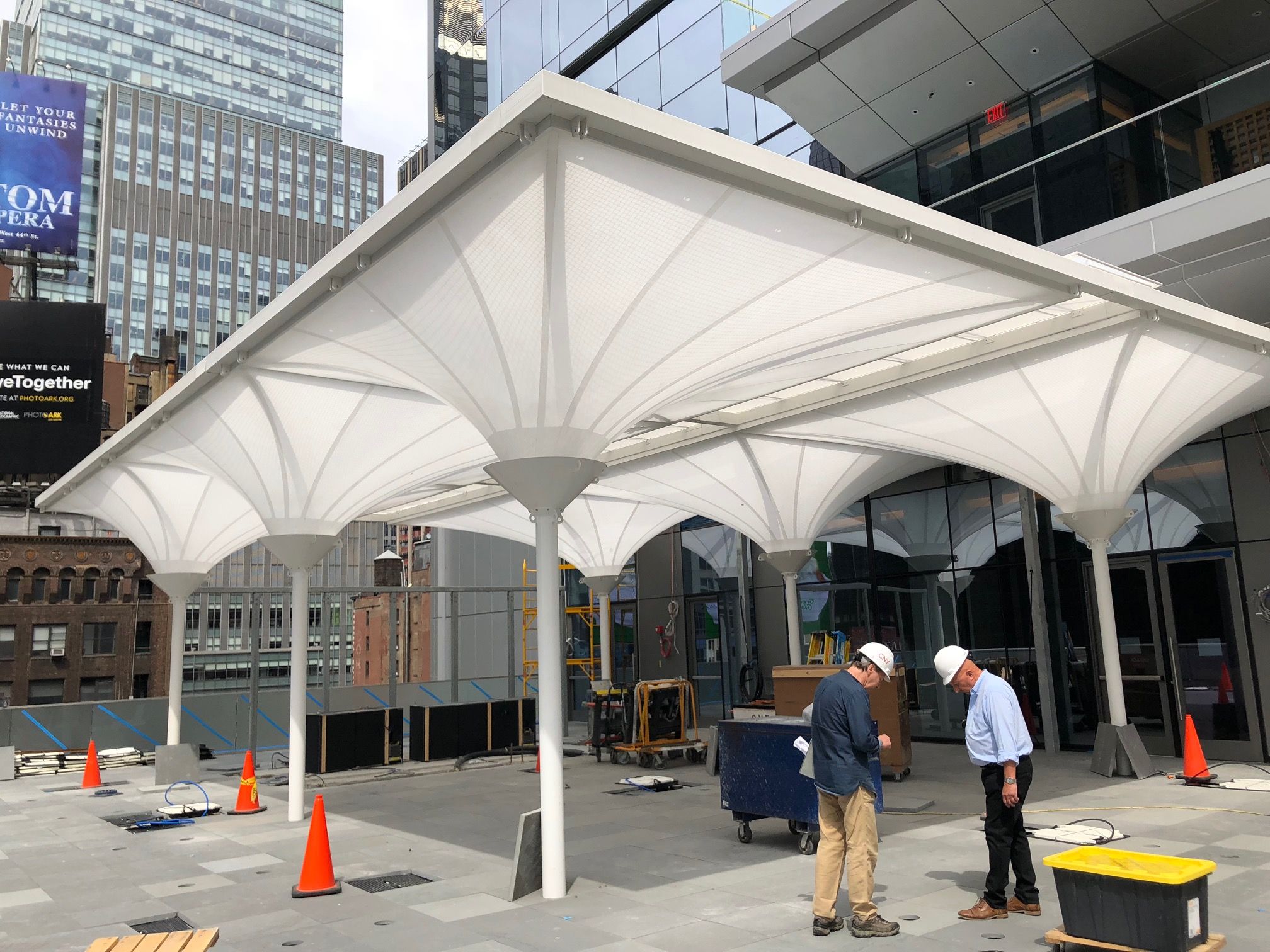
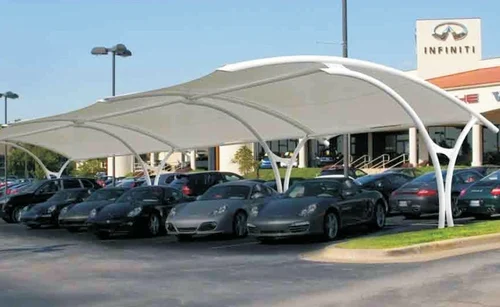
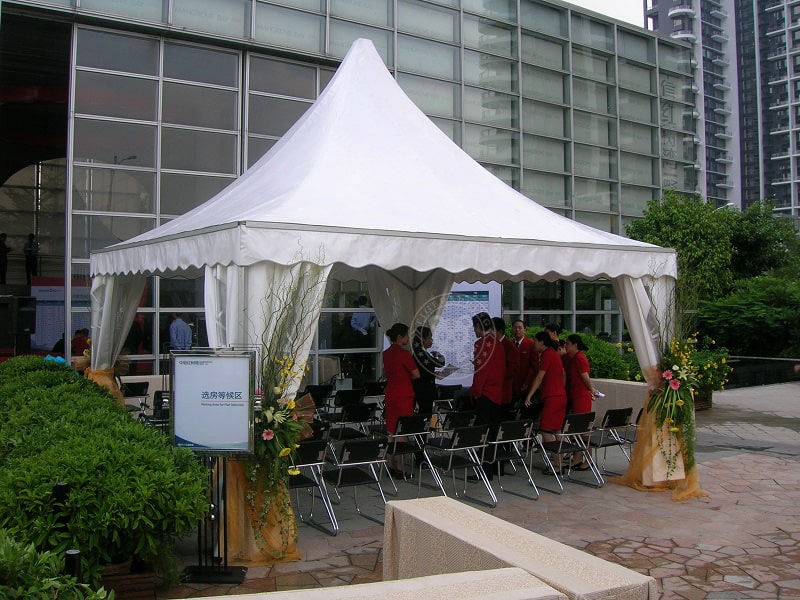
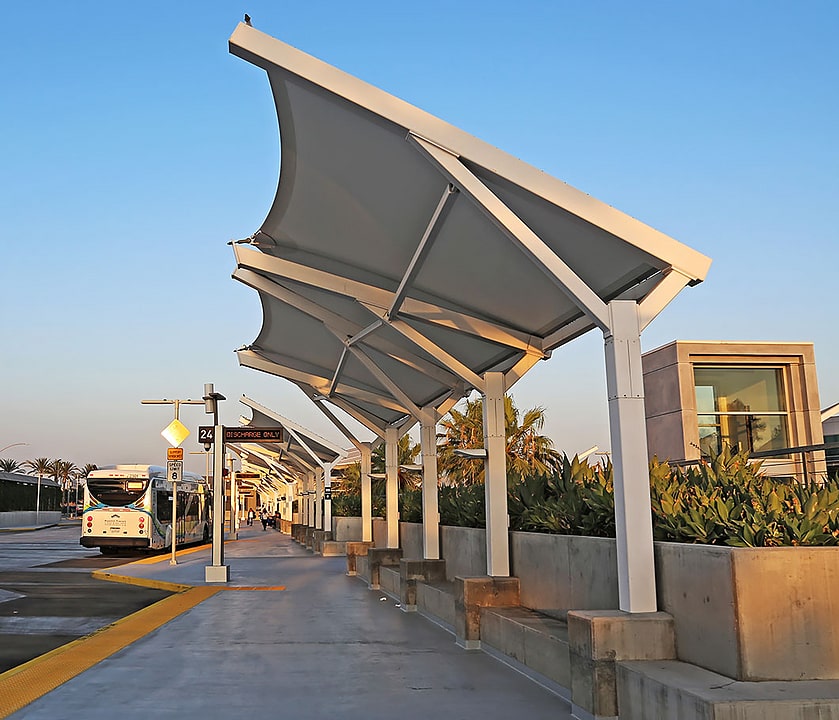
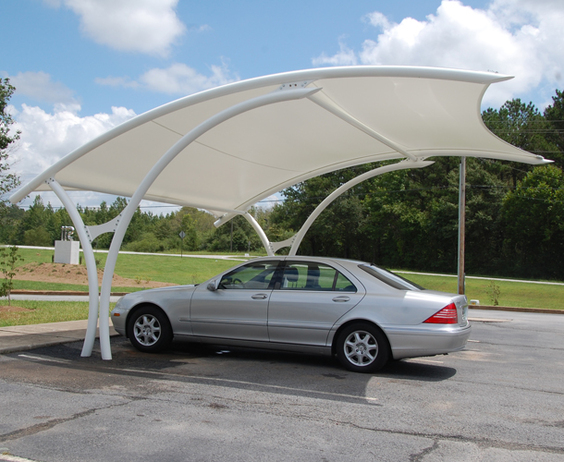
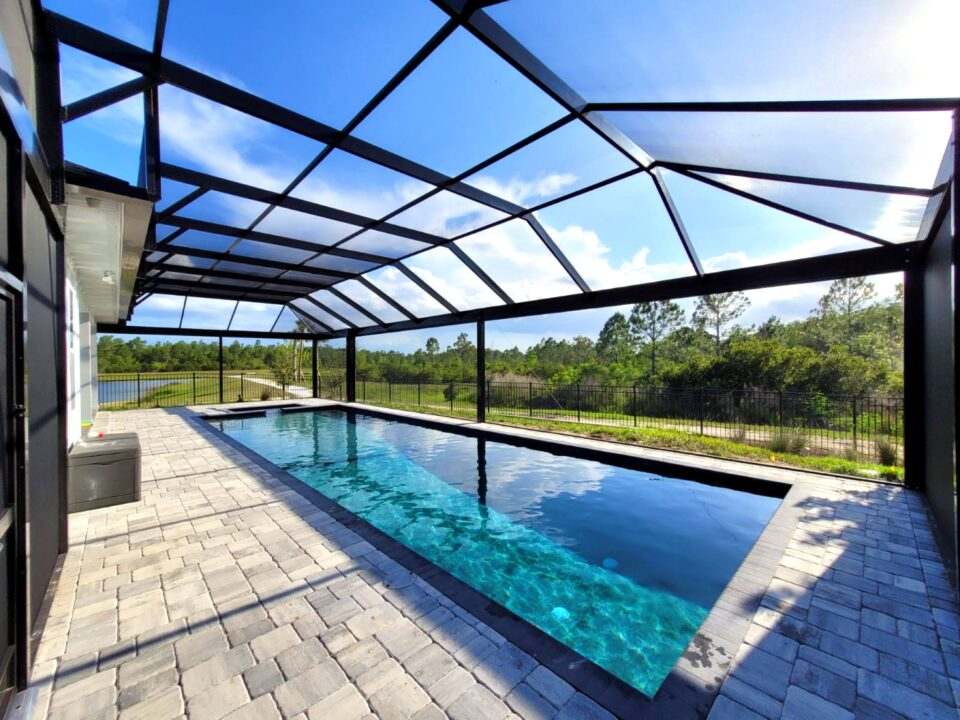
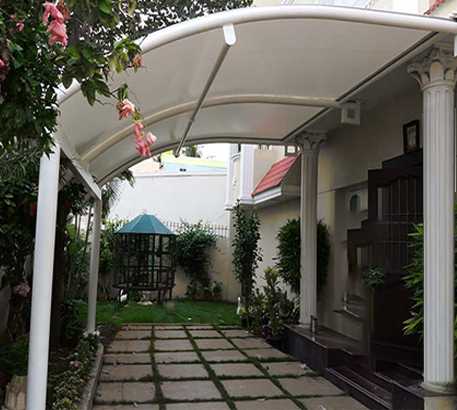
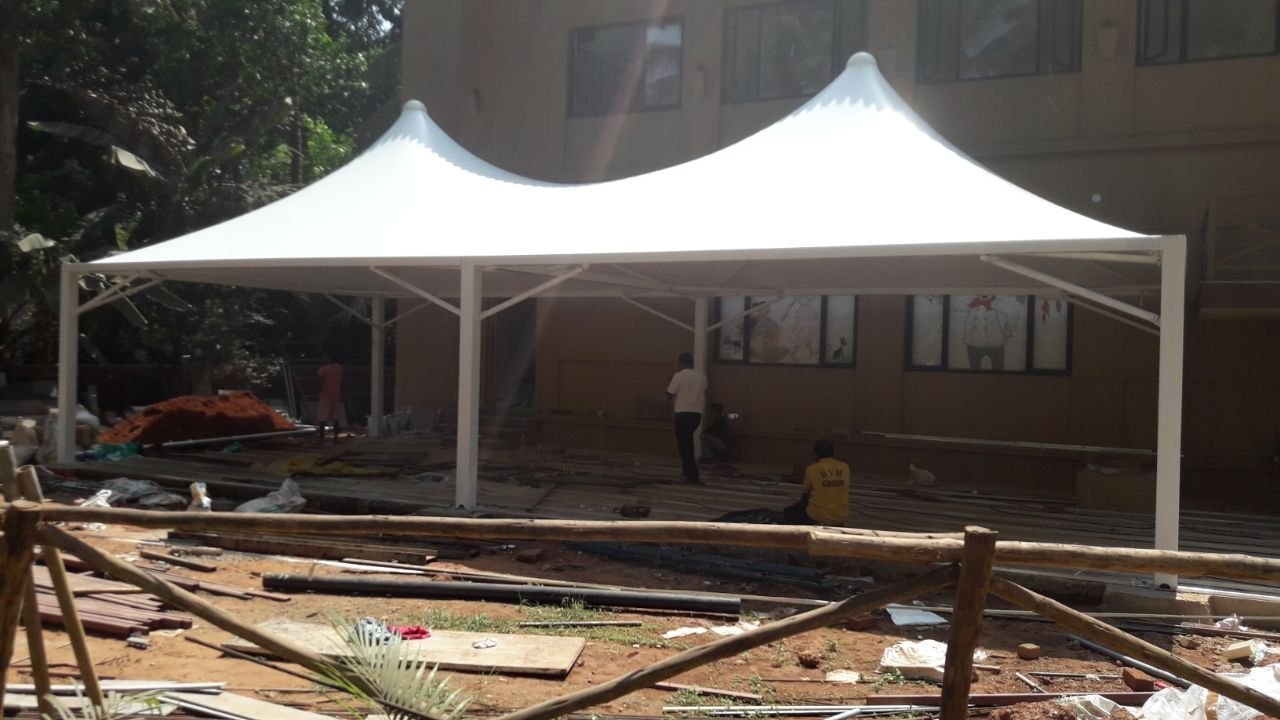
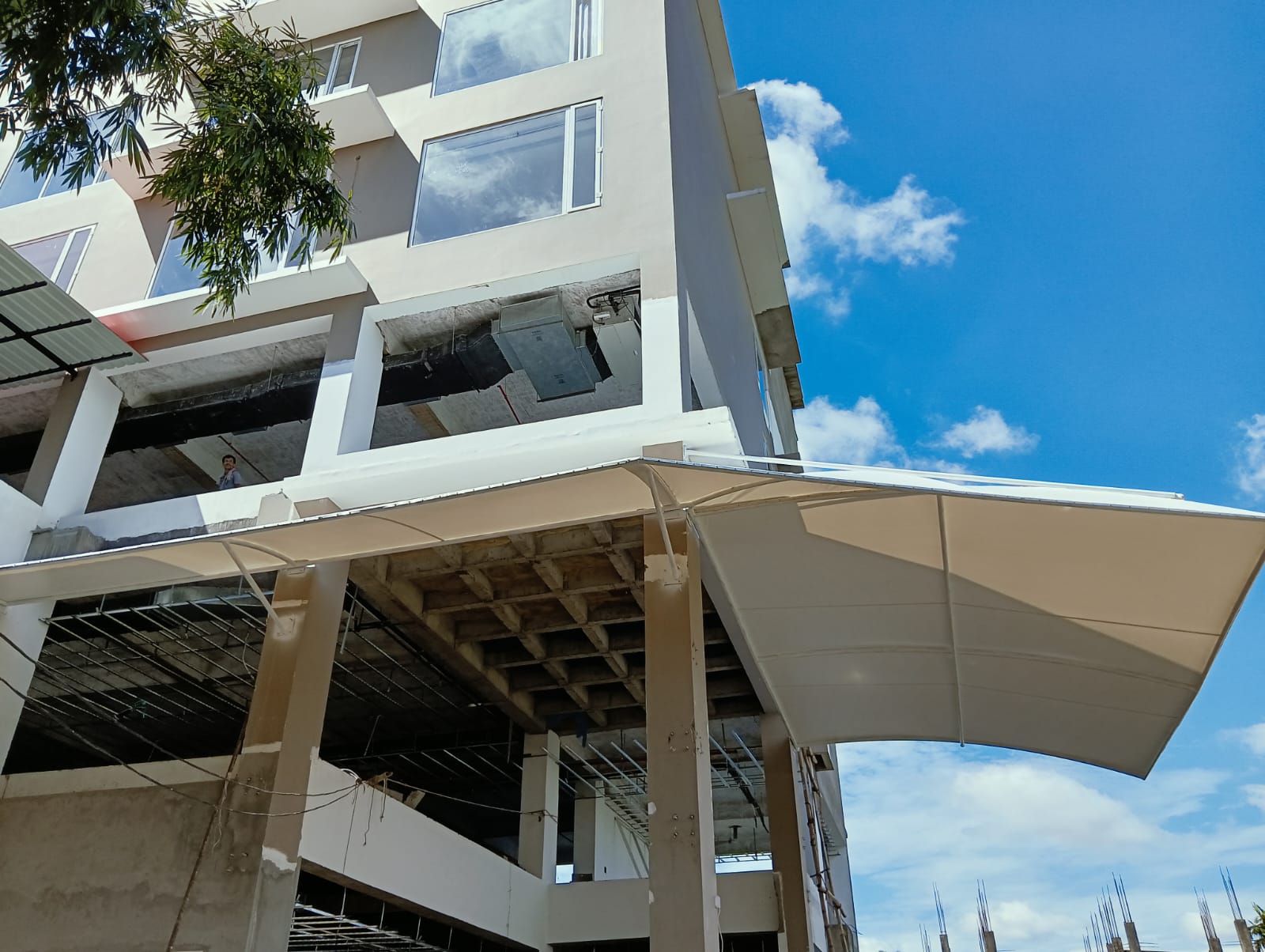
-1737565916776.jpeg)